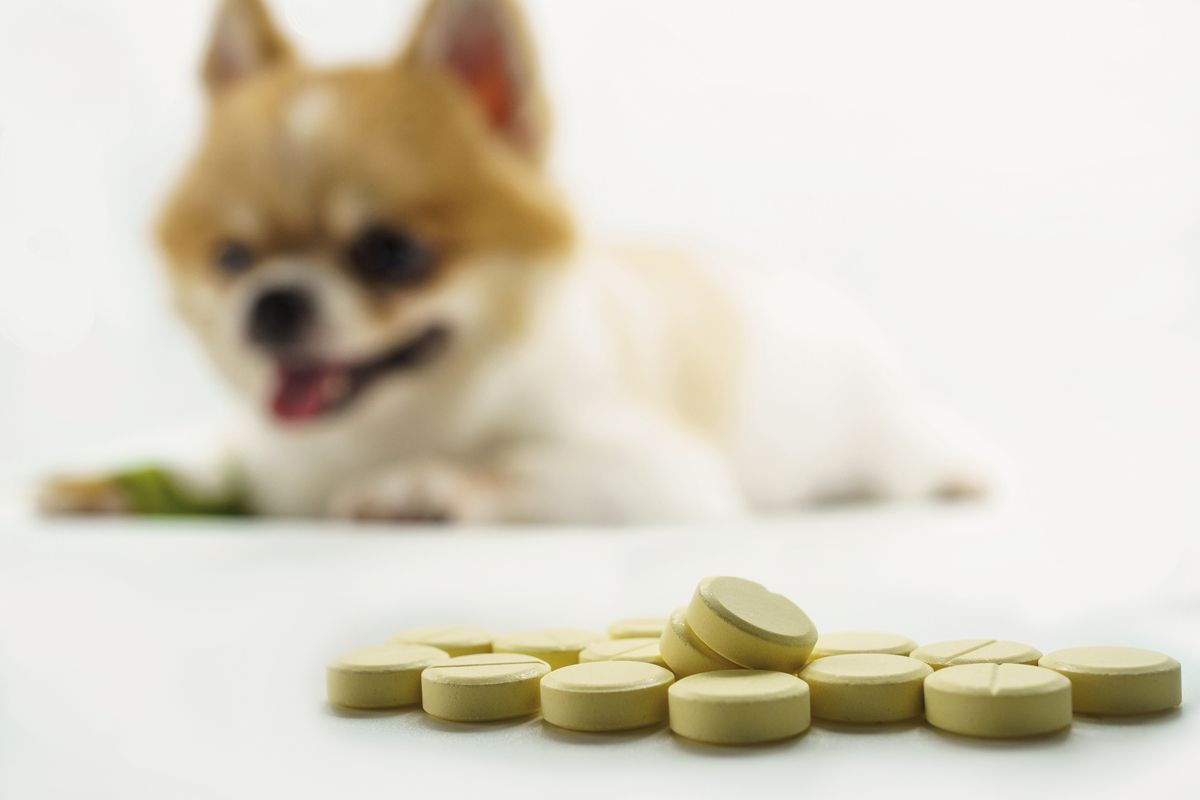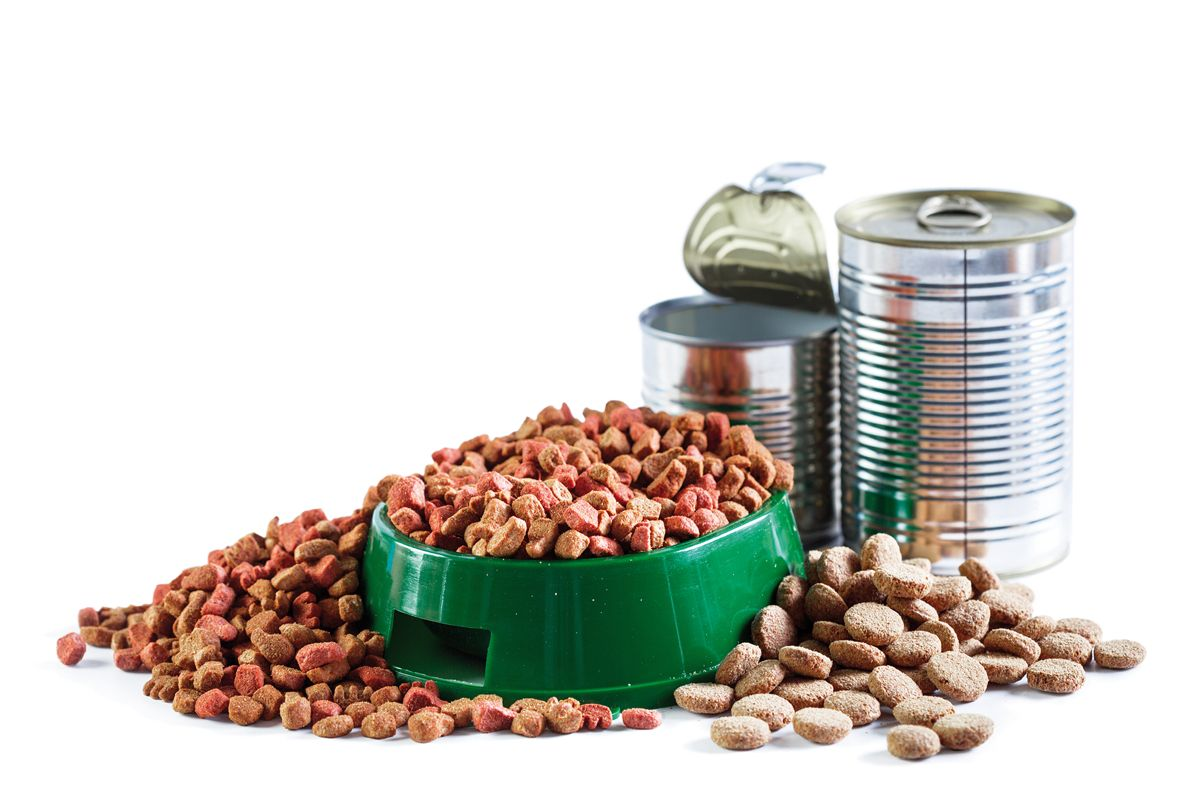How to do an elimination diet for pets
Written by Vandre Clear
For many vets, common challenges when conducting elimination diet trials include client compliance, practicality and interpretive value, but Vandre Clear offers some pointers to help make the trial meaningful, user-friendly and successful.

Client communication

Explain that animals can develop an allergy to any proteins they have ever eaten, whether animal-based or plant-based. Many pet owners believe that their pet cannot be allergic to their food “because they have eaten it their whole life“. When conducting an elimination diet trial, you must eliminate everything the pet has previously been exposed to (Figure 1). Exposure to even small amounts of an antigenic substance can cause a flare or persistence of symptoms.
Address the misconceptions that grains cause allergies. They have no increased likelihood of causing symptoms over any animal-based protein.
Explain that grains and other plant-based proteins are in pet food to provide highly digestible sources of protein, not as fillers. While many pet food manufacturers now use peas or potatoes as plant-based proteins, animals can develop adverse reactions to these proteins as well.
Prepare your clients for the rigors, expense, pitfalls and benefits of a proper elimination diet trial.
Avoiding pitfalls
Whenever possible, have all pets of the same species in the household on the food chosen for the elimination trial. This will reduce cross contamination and accidental or unseen exposure via shared food and water bowls. Additionally, access to other animals’ foods, licking dishes left out on tables or counters, etc. can all confound a diet trial.

Most pet owners are disheartened by the need to eliminate all treats and flavored chew toys. Make sure that you provide treats and/or canned food that are appropriate to the diet you choose. Provide options of chew toys that are not flavored and that do not contain animal or plant proteins (Figure 2).
Ensure you have a strong base knowledge about pet nutrition and ingredients. The more you can explain to your client about pet nutrition, the more success with compliance you will have. It is imperative to success that owners understand why you are conducting the elimination diet trial and why you are setting certain specific rules and guidelines.
Duration of a diet trial
The duration of a diet trial is 8 weeks and ideally up to 12 weeks [1]. In most cases, improvement (i.e., a reduction in pruritus and the ability to decrease or eliminate adjunct medications) occurs within 6-8 weeks, while maximum improvement and resolution of clinical signs may take 10-12 weeks.

Adjunctive symptomatic medications are often needed at the start of the diet trial (Figure 3). Throughout the trial, try to periodically reduce or eliminate these medications and assess results with the diet alone. If there is no or minimal improvement with diet alone, and/or additional symptomatic medications are still needed after 8 weeks, pursue other causes of pruritus. If there is more than one allergic disease present that has not been diagnosed or controlled, symptoms can persist, making it appear the diet trial has been unsuccessful.
In pets with a concurrent true food allergy as well, there may be resolution of GI signs as early as 4-6 weeks.
Do’s and don’ts
DO switch to topical or non-flavored preventives during the diet trial. The proteins in flavorings are enough to cause some dogs to flare up.

DON’T use over-the-counter diets for an elimination diet trial! (Figure 4)
If you know or suspect the pet also has environmental allergies, DON’T start a diet trial during the season(s) in which their symptoms are exacerbated.
DO make sure that prior to the diet trial, the owner has fully disclosed the pet’s dietary history; include treats, medications, preventives and any table food their pet eats/has eaten. If it is a multiple-species household, inquire about the pet’s access to the other animals’ foods. Not all pets will respond to the same type of prescription diet. In today’s world of specialty pet foods, it is becoming increasingly difficult to find a “novel” protein, i.e., one that the pet has never been exposed to.
While hydrolyzed, novel protein and home cooked diets with novel proteins are, in most cases, successful, an allergic animal can still flare/react to even these diets on occasion. If one type of diet does not seem to be successful, try a different type and also question the client again about previous exposures and any possible transgressions.
Vandre Clear
DVM
United States
Dr. Clear received her DVM from The Ohio State University in 2009. She completed a specialized private practice internship in Internal Medicine and Critical Care, then practiced as an emergency clinician and general practitioner for the next three years. However, with a developing interest in dermatology she left general practice and completed her residency in dermatology at Michigan State University in 2015.
References
- Olivry T, Mueller R, Prélaud P. Critically appraised topic on adverse food reactions of companion animals (1): duration of elimination diets. BMC Vet Res 2015;11:225.
Other articles in this issue
Share on social media